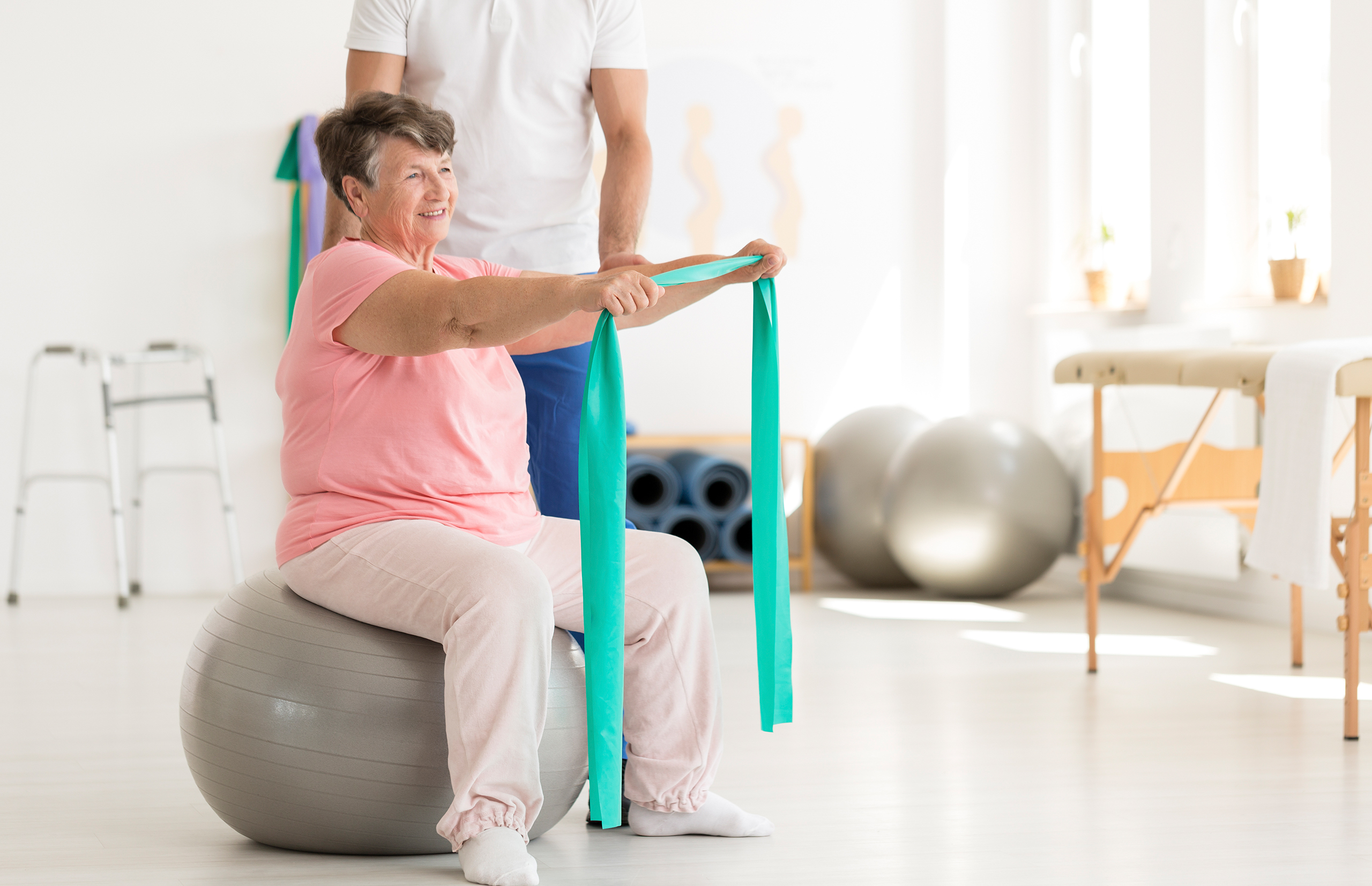Our bones are the silent workhorses of our body, providing structure, support, and protection.
But just like any structure, they need constant care and maintenance. As we age, bone density
naturally decreases, putting us at risk for fractures and conditions like osteoporosis.
The good news? An active lifestyle is a powerful tool to combat bone loss and promote
lifelong bone health. Let’s explore how incorporating physical activity into your routine can
build a strong foundation for your future:
The Mechanics of Movement and Bone Strength
Bones are living tissues that constantly remodel themselves in response to stress. When you
engage in weight-bearing and resistance exercises, you put stress on your bones. This signals
your body to increase bone density, making them stronger and more resistant to fractures.
Weight-Bearing Exercises: The Bedrock of Bone Health
Activities like walking, running, dancing, hiking, and stair climbing force your body to work
against gravity. This impact stimulates bone growth and strengthens muscles that support
your skeleton, reducing the risk of falls – a major cause of fractures.
Resistance Training: Building Strength for Bone
Lifting weights, using resistance bands, or bodyweight exercises like squats and lunges build
muscle mass. Stronger muscles provide better support for your bones, reducing stress and the
risk of injury.
Beyond Bones: The Ripple Effect of Activity
The benefits of an active lifestyle extend far beyond bone density. Exercise improves balance
and coordination, further reducing your risk of falls. Additionally, physical activity helps
maintain a healthy weight, which can lessen the stress on your joints and bones.
Active at Every Age: It’s Never Too Late to Start
The wonderful thing about bone health is that it’s responsive to activity throughout your life.
Whether you’re young or old, incorporating movement into your daily routine can make a
significant difference. Here are some tips to get you started:
- Find activities you enjoy: This will make it easier to stick to a routine.
- Start slow and gradually increase intensity: Listen to your body and avoid pushing
yourself too hard too soon. - Consult your doctor: If you have any underlying health conditions, get clearance
before starting a new exercise program.
Building a Strong Foundation for Life
By prioritizing an active lifestyle, you’re investing in your long-term health and well-being.
Strong bones provide the foundation for a life filled with movement, adventure, and
independence. So lace up your shoes, hit the gym, or explore the great outdoors – your bones
(and your whole body) will thank you for it!
